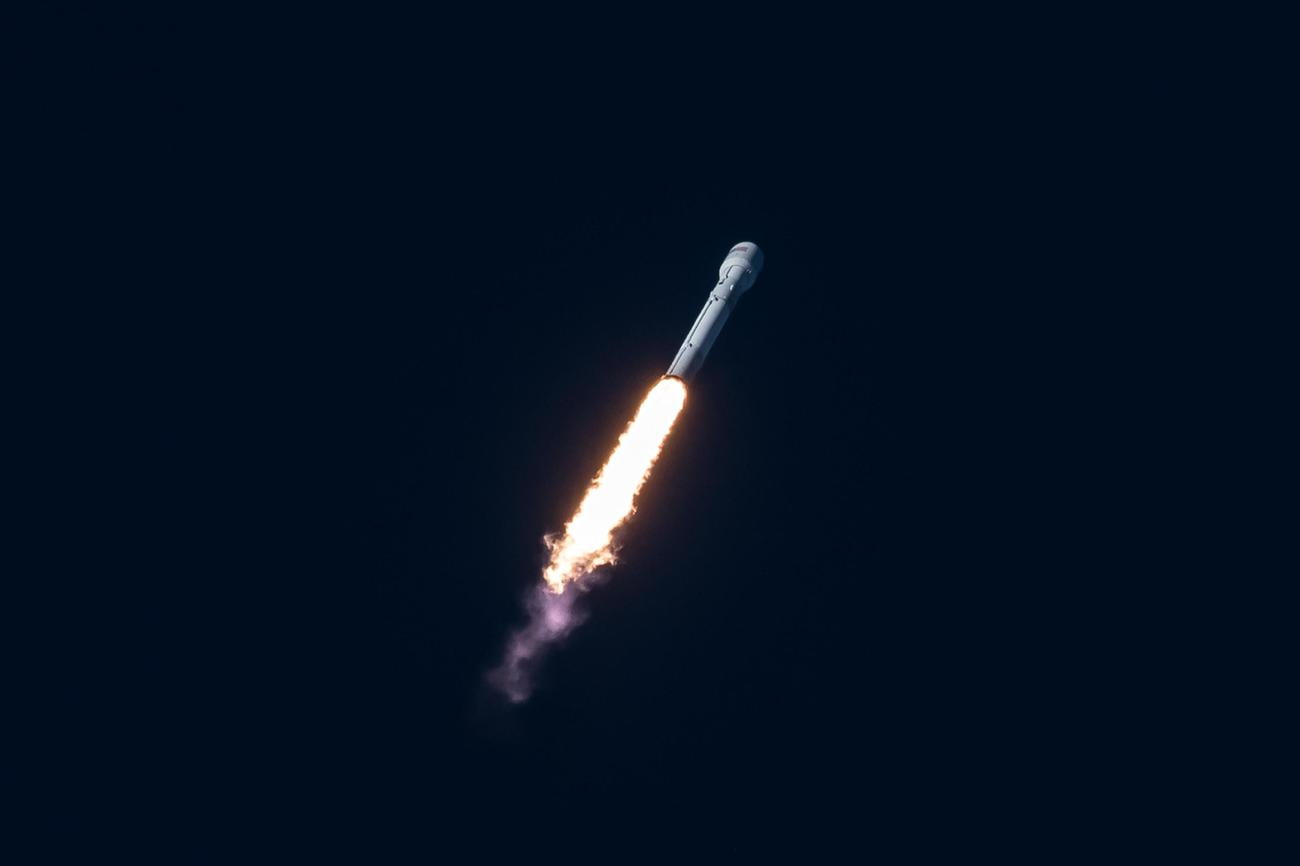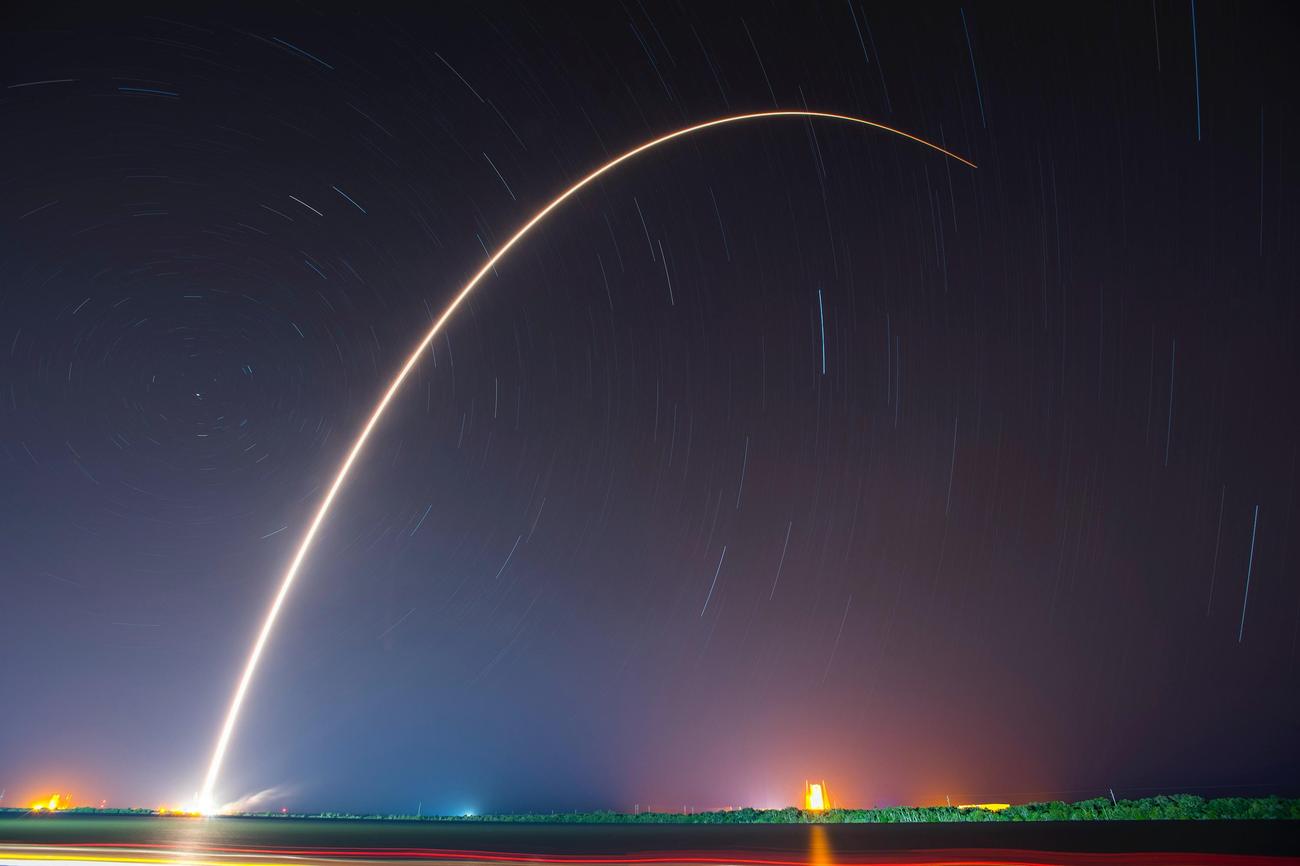Are you ready for a cosmic adventure? Get ready to blast off into the fascinating world of rocket ships! In this article, we will be uncovering some truly mind-blowing facts about these incredible machines from the perspective of a seasoned aerospace engineer. With over 10 years of experience in the field, I am excited to share my expertise and passion for space travel. From the secrets behind rocket propulsion systems to the latest advancements in spacecraft materials and technologies, prepare to be amazed by the wonders of rocket ships. So buckle up and get ready to explore the endless possibilities of space as we embark on this extraordinary journey together!

Fascinating Facts about Rocket Ships
Rocket ships have always captivated the imagination of humanity, representing the pinnacle of human engineering and exploration. As an aerospace engineer with years of experience, I have gathered some fascinating facts about rocket ships that will surely amaze you. Let’s take a deep dive into the world of rockets and discover the incredible wonders they hold.
How Rocket Engines Propel Spacecrafts
Rocket ships are able to overcome the vacuum of space and soar through the cosmos, thanks to their powerful engines. Unlike other forms of propulsion, rockets do not require air to function. Instead, they work on a simple principle: for every action, there is an equal and opposite reaction. Rocket engines achieve this reaction through a chemical reaction that releases an enormous amount of energy, originating from the rocket’s fuel.
The fuel combines with an oxidizer, typically liquid oxygen, creating a controlled explosion that propels the rocket forward. The force generated by the chemical reaction results in a powerful exhaust, which is expelled in the opposite direction of the rocket at incredibly high speeds.
“Rocket engines harness the explosive power of chemical reactions to thrust spacecraft forward, overcoming the lack of air in the vacuum of space.”
Why Rockets Are Launched from the Ground
Have you ever wondered why rockets are launched from the ground? The answer lies in the concept of thrust-to-weight ratio. On Earth, the force of gravity pulls objects toward the center of the planet, giving them weight. To escape Earth’s gravity, a rocket needs to generate enough thrust to overcome its weight.
Most rockets are capable of launching from the ground because the thrust produced by their engines is greater than the weight of the rocket. This allows them to ascend into space. However, there are exceptions. Some rockets, like ion thrusters, are too weak and heavy to lift themselves off the ground. These rockets require assistance from other, more powerful rockets to reach outer space.
“The immense thrust generated by rocket engines enables them to overcome the gravitational pull on Earth, lifting spacecraft into the vastness of space.”
Revolutionizing Space Travel with Cryogenic Fuel Technology
Advancements in rocket technology have paved the way for the use of cryogenic fuels in space travel. Cryogenic fuels, such as liquid hydrogen and liquid oxygen, are stored at extremely low temperatures. The low temperatures help increase the density of the fuel, allowing for a higher energy content.
Cryogenic fuel technology offers several advantages. It provides a higher specific impulse, which is a measure of the efficiency of rocket engines. This means that less fuel is needed to achieve the same amount of thrust, making space missions more efficient and cost-effective. Moreover, the use of cryogenic fuels reduces the environmental impact of rocket launches by minimizing the release of pollutants into the atmosphere.
“Cryogenic fuel technology is a game-changer in the field of rocketry, unlocking higher efficiency and reducing the environmental impact of space travel.”
The Perils of Rocket Launches
Rocket launches are a complex and precise process, where even minor mistakes can have catastrophic consequences. The immense forces involved in space travel make it a high-stakes endeavor. The slightest error can lead to an explosion or a malfunction, jeopardizing the lives of astronauts and the success of the mission.
To mitigate risks, extensive testing and safety measures are implemented throughout the design and development of rocket ships. Engineers meticulously analyze data from previous missions to identify potential issues and enhance the reliability of future launches. Additionally, continuous advancements in materials and technologies help to improve the safety and performance of rocket ships.
“The complexities of rocket launches demand meticulous attention to detail and constant innovation to ensure the safety of astronauts and the success of space missions.”
The Time it Takes to Reach Orbit
Reaching orbit is no easy feat. It requires an incredible amount of energy and precision. A NASA space shuttle, for example, takes approximately 8-1/2 minutes to reach orbit. During this brief timeframe, the shuttle accelerates to speeds exceeding 17,500 miles per hour.
The journey to orbit involves a carefully calculated sequence of events. From the ignition of the rocket engines to the jettisoning of expended fuel tanks, every step is crucial. The immense power of the engines is harnessed to propel the spacecraft into its designated orbit around the Earth, opening up a new realm of possibilities for scientific research and space exploration.
“Reaching orbit demands immense power and precision, creating a window of opportunity for spacecraft to soar to new heights of scientific discoveries.”
In conclusion, rocket ships are marvels of human ingenuity and engineering. Their engines harness the power of chemical reactions to propel spacecraft through the vacuum of space. Cryogenic fuel technology revolutionizes space travel with its energy efficiency. However, rocket launches are not without risks, demanding unwavering attention to safety. Finally, the journey to orbit requires immense power and precise sequencing to unlock the mysteries of the cosmos. So next time you gaze at the night sky, remember the incredible facts about rocket ships that make space exploration possible.
Are you fascinated by the mysteries of space? Curious about the incredible technology that powers rockets? Prepare to be amazed as we unveil mind-blowing facts about the rocket. From its jaw-dropping speed to its astounding payload capacity, the rocket is a true marvel of engineering. Discover the secrets behind its propulsion system, explore its incredible journey through the Earth’s atmosphere, and learn about the incredible feats it has accomplished. Get ready for a thrilling adventure into the world of rockets, and click here to uncover the astonishing facts about the rocket: facts about the rocket.
Facts About the Rocket Ship
Are you fascinated by space exploration facts? If so, prepare to be astounded by the mind-blowing information we have for you about rocket ships. Rocket science facts are often a subject of curiosity, capturing the imaginations of science enthusiasts and adventure-seekers alike. Did you know that the speed of a rocket ship can reach up to 25,020 miles per hour? That’s faster than the speed of sound! If you’re eager to learn more about rocket ship facts and delve deeper into the mysteries of space exploration, click here for an out-of-this-world experience: space exploration facts.
Now, let’s dig into some mind-boggling rocket science facts. Did you know that rocket scientists are constantly working on new and innovative ways to propel rockets into space? It’s a complex field that requires immense knowledge and expertise. If you’re ready to explore the depths of rocket science and uncover fascinating facts about how these magnificent machines work, click here: rocket science facts.
But wait, there’s more! Get ready to blast off into a world of excitement with incredible rocket ship facts. From the first manned rocket launch to the latest advancements in space technology, the evolution of rocket ships is an awe-inspiring journey. Discover the inner workings of these incredible vessels and unlock the secrets of their exploration by clicking here: rocket ship facts.
Are you ready for an adventure that’s truly out of this world? Don’t miss out on the opportunity to learn captivating space exploration facts, delve into the wonders of rocket science, and uncover mind-blowing rocket ship facts. Click on the links provided and prepare to embark on an extraordinary journey through the realms of space exploration.
10 Fascinating Facts About Rockets
[youtube v=”peCc79cBEXs”]
1. Rocket Engines – Harnessing Power through Chemical Reactions
Rocket engines propel spacecrafts by harnessing the power of chemical reactions. The engine of any rocket generates extreme heat, reaching temperatures that can exceed 3000 degrees Celsius. This incredible heat is necessary to create the force needed to counteract gravity and propel the rocket into space.
“When a rocket is active, the temperatures in the main engine can cross 3000 degrees Celsius.”
2. Overcoming the Vacuum of Space
Space is a vacuum devoid of air or atmosphere, making it impossible for traditional vehicles to move through it. However, rockets can navigate and sustain their trajectory in space. This is made possible through a chemical reaction that occurs in the rocket’s engines, which propels the rocket forward by expelling exhaust in the opposite direction.
“Rockets can move through this vacuum thanks to their engines, where a chemical reaction propels the rocket forward and expels exhaust, allowing it to navigate and sustain its trajectory in space.”
3. Making Rockets at Home
Believe it or not, it is possible to make a rocket at home. Although these homemade rockets may not have the capability to take you to space, they can still be fascinating to create. With some common household items like vinegar and baking soda, you can embark on a science experiment to build a small-scale rocket.
“You can easily make a rocket at home using everyday items like vinegar and baking soda. While these homemade rockets won’t take you to space, they can still be a fun and educational project.”
4. The Immense Size of Rockets
The largest rocket ever built is NASA’s Saturn V, used mainly in the 1970s for missions to the moon. Standing at an astonishing 363 feet tall, the Saturn V is more than twice the size of an average rocket, which measures around 120 feet in height.
“NASA’s Saturn V is the largest rocket ever built, towering at 363 feet tall, making it more than double the size of an average rocket.”
5. Sensitivity of Rockets
Despite their massive size and intense heat, rockets are surprisingly sensitive. Even the slightest error can have catastrophic consequences not only for the rocket itself but also for any crew on board. Attention to detail and rigorous testing is crucial to ensure the safety and success of rocket launches.
“Despite their immense size, rockets are incredibly sensitive machines, with even minor errors posing a significant risk to both the rocket and its crew.”
6. The Origins of Rockets in China
The first rockets were invented in China during the 10th century. However, they were not initially intended for space exploration. Instead, rockets were developed as weapons, primarily using gunpowder as their propellant. It wasn’t until much later, in the 1920s, that rocket science began to be studied and understood for its potential in space exploration.
“Rockets were originally invented in 10th century China, primarily as weapons using gunpowder as propellant. It wasn’t until the 1920s that people started to realize the potential of rockets in space exploration.”
7. Rocket-powered Arrows and Military Rockets
The Chinese invention of gunpowder-fueled arrows laid the foundation for the development of military rockets and missiles. Initially used in wars, these early rockets were the first solid propellant rockets known to humanity. From there, rocket technology continued to be refined and developed for both military and space exploration purposes.
“The invention of gunpowder-fueled arrows during ancient Chinese warfare eventually led to the development of military rockets and missiles.”
8. Tragic Losses in the Early Space Race
The early days of the space race between the Soviet Union and the USA in the 1960s were marred by numerous tragedies. At that time, rocket science was not as well understood as it is today, leading to several disastrous space missions that ended in explosions. These incidents highlighted the need for further research, development, and safety measures in rocket technology.
“The early space race between the Soviet Union and the USA saw numerous rocket-related accidents, resulting in tragic losses. This emphasized the need for further research and safety measures in rocket technology.”
9. Colonizing Mars with Rockets
Entrepreneur and visionary Elon Musk, founder of SpaceX, envisions a future where humans colonize Mars. Musk’s ultimate goal is to build rockets capable of transporting humans to the red planet and establishing a sustainable colony. The potential colonization of Mars represents an exciting prospect for the future of space exploration.
“Elon Musk and SpaceX aim to make rockets that can transport humans to Mars, with the ultimate objective of colonizing the planet.”
10. Rockets – Opening the Door to the Wonders of Space
Rockets are remarkable inventions that have allowed us to explore the wonders of space. From overcoming the vacuum of space to withstanding extreme temperatures, rockets have revolutionized our understanding of the universe. They continue to play a vital role in scientific research, space exploration, and our quest for knowledge beyond Earth.
“Rockets have opened doors to the wonders of space, enabling us to overcome the challenges of traveling beyond our planet and exploring the universe.”
Remember to give your article a unique voice while incorporating the highlighted points. Use H3 markdown format for each subheading.
FAQ
Question 1
How does a rocket ship beat the vacuum of space?
Answer 1
A rocket ship beats the vacuum of space through its engines. Rocket engines work through a chemical reaction that pushes the ship forward, and the rocket exhaust is expelled in the opposite direction of the ship at high speeds.
Question 2
Why can most rockets be launched from the ground?
Answer 2
Most rockets can be launched from the ground because the engine’s exhaust thrust is greater than the weight of the vehicle on Earth. This allows the rocket to overcome the force of gravity and propel itself into space.
Question 3
Are there any rocket engines that are too weak to lift themselves?
Answer 3
Yes, there are some rocket engines, like ion thrusters, that are too weak and heavy to lift themselves. These engines require assistance from other rockets to reach outer space.
Question 4
What kind of fuel technology is used in advanced rocket systems?
Answer 4
Advanced countries in rocket technology use cryogenic fuel technology. Cryogenic fuels, such as liquid hydrogen and liquid oxygen, are used to power rockets and provide efficient propulsion for space exploration.
Question 5
How long does it take for a NASA space shuttle to reach orbit?
Answer 5
A NASA space shuttle takes approximately 8-1/2 minutes to reach orbit. This is the time it takes for the shuttle to reach the required speed and altitude to achieve a stable orbit around the Earth.
- Sept 31 Myth: Unveiling Calendar Secrets - March 18, 2025
- How Long & Till December 18, 2025: Accurate Countdown Guide - March 18, 2025
- Discover Japanese Artists: A Complete History - March 18, 2025
















